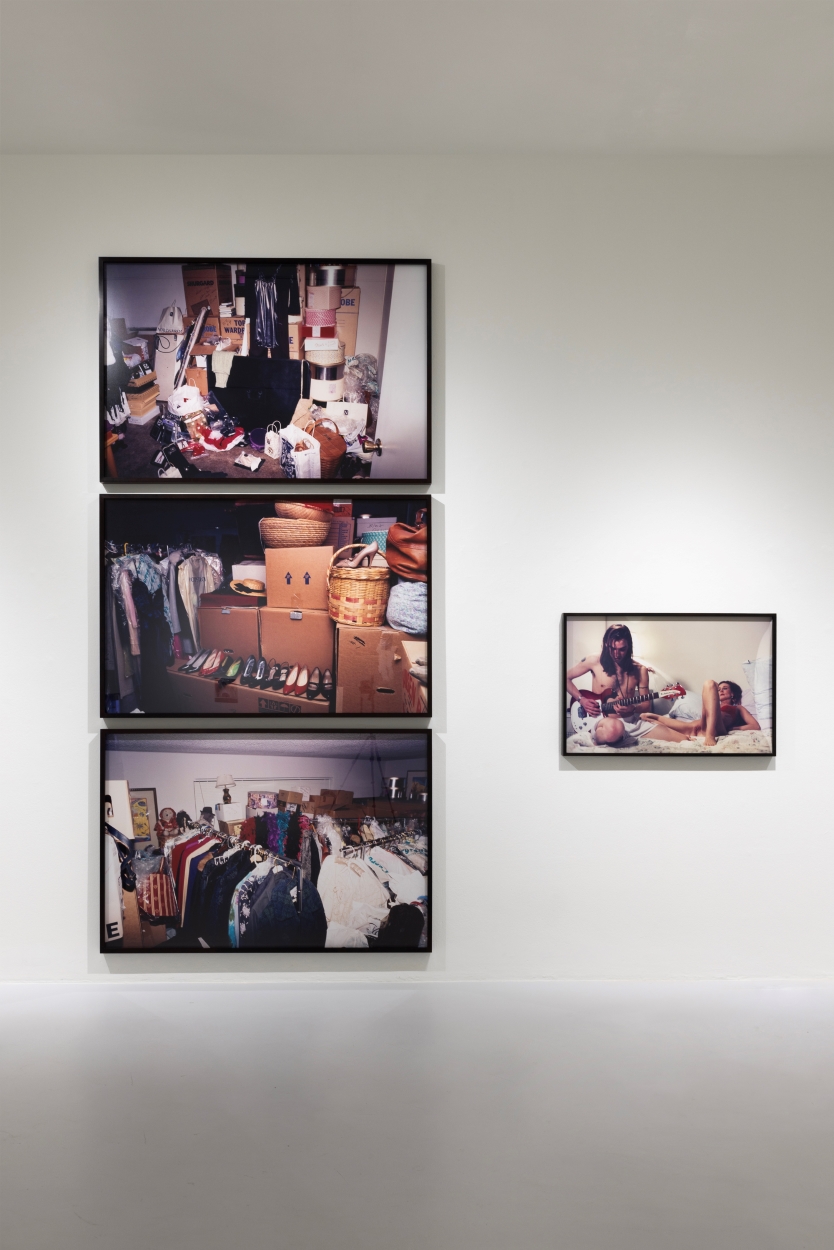“MOTHERBOY” AT GIÓ MARCONI GALLERY
Credits
WORDS Charlotte Di QualIMAGES Galleria Gió Marconi, Ph. Fabio Mantegna
In Milan, Gió Marconi Gallery is currently hosting “Motherboy”, a group exhibition born out of the dialogue between curator Stella Bottai and artist Gray Wielebinski around the phenomenon of the “mammone” (mummy’s boy) – a notion rooted in Italian culture but expanded to encompass broader political critiques and reflections on authority, emancipation, love, and vulnerability.
Originating from Italy’s post-war period, the term “mammismo” or “motherism” attributed societal shortcomings to poor mothering, making mothers scapegoats for societal ills. However, “Motherboy” transcends national boundaries to address universal themes of love, power, and asymmetry. Drawing from queer, feminist, and psychoanalytic perspectives, the exhibition explores the multifaceted relationship between mothers and sons, touching upon themes of sacrifice, co-dependency, desire, identity, denial, hierarchies, possessiveness, and betrayal. At its core, “Motherboy” confronts the societal dichotomy between the undervalued labor of mothers and the privileged status often associated with “Mama’s boys.”
The works displayed in “Motherboy” span various mediums, including painting, collage, sculpture, video, and installation, by artists Sophia Al Maria, Jonathan Lyndon Chase, Patrizio Di Massimo, Bracha L. Ettinger, Hadi Falapishi, Jes Fan, Apostolos Georgiou, Allison Katz, Leigh Ledare, Maia Ruth Lee, Gaetano Pesce, Jenna Sutela;,Gray Wielebinski, Kandis Williams, and Bruno Zhu. Central to the exhibition is the motif of bodily postures, prompting viewers to contemplate the significance of physical actions within interpersonal relationships and emotional communication.
Through an intersectional lens, the exhibition examines variations of the “mother’s boy” archetype across different gendered, racial, and cultural contexts, offering a platform for critical reflection on the many abstracted modes in which this relationship is encountered – through the imaginary of the mother tongue, motherland, the Holy Mother, and the prodigal son.
As visitors navigate through “Motherboy” they are invited to engage with the horrifying, tender, and comedic aspects of the mother-son relationship, serving as a mirror of both association and dissociation. The exhibition seeks to redefine this notion, to liberate it from patriarchal constructs, fostering a deeper understanding of authority, emancipation, love, and vulnerability.
Accompanying the showcase is “All About My Motherboy”, an essay by Asa Seresin. Available both at the gallery and online on giomarconi.com, the essay delves further into the complexities of the mother-son relationship, exploring its various dimensions and implications.
“Motherboy”, on view until February 17 at Gió Marconi Gallery, emerges as a poignant exploration of maternal bonds, inviting viewers to reconsider their perceptions of power, identity, and familial relationships within contemporary society.






